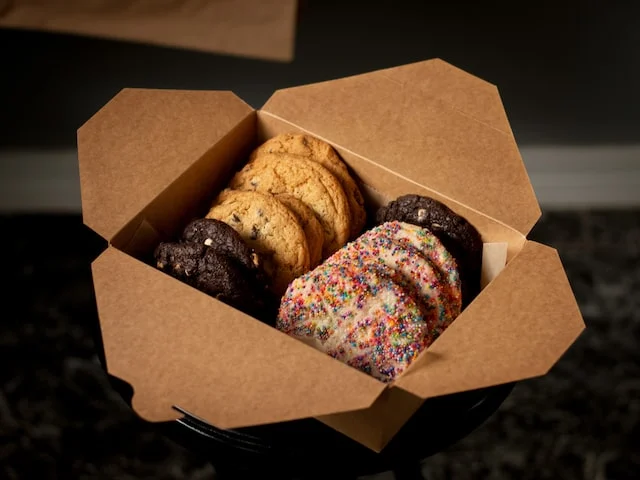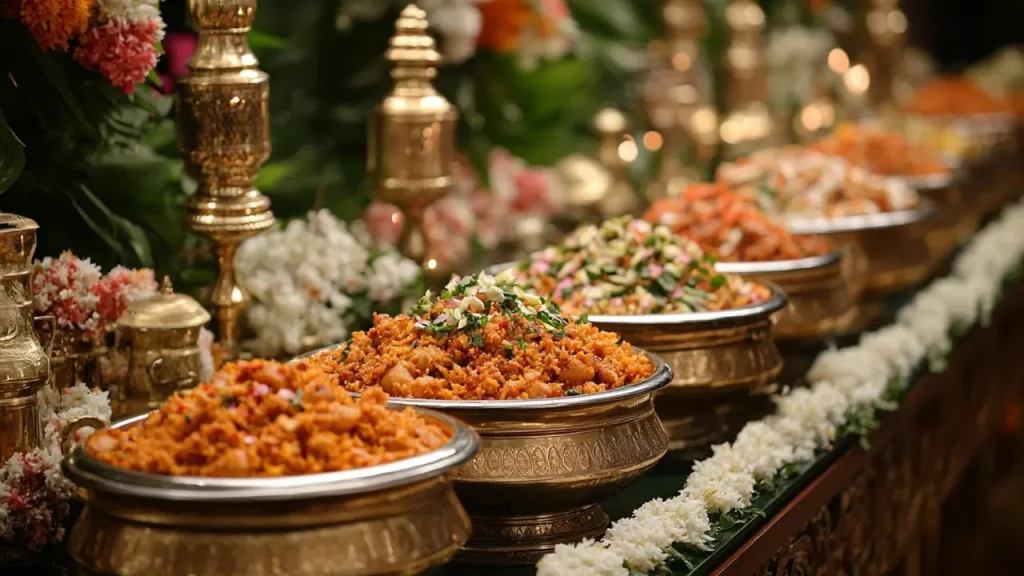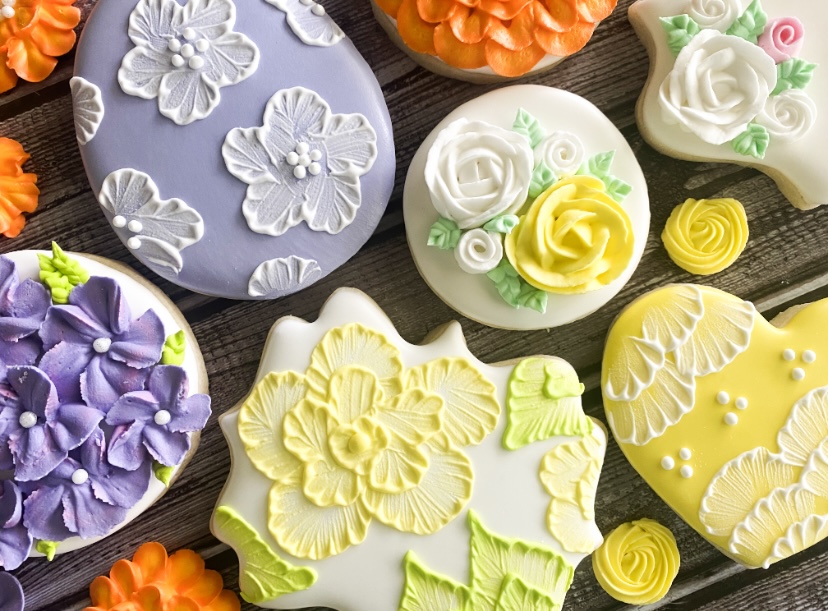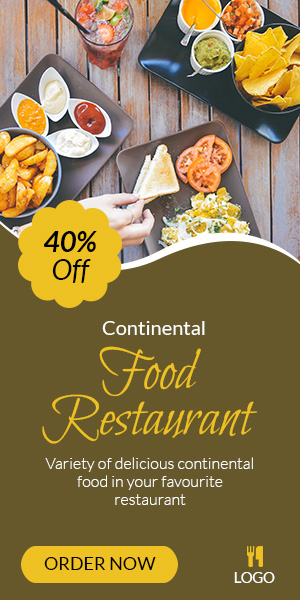Plastic cake box selection may seem trivial to those outside the baking industry, but for the thousands of home bakers, small bakery owners, and aspiring entrepreneurs across our cities, this choice carries weight far beyond its plastic walls. I have spent time with bakers in their home kitchens, watched them package creations at three in the morning before delivery runs, and listened to their calculations about margins so thin that a few pence per box determines whether they can pay rent that month. These containers are not merely packaging but instruments of economic survival, dignity, and dreams realized or deferred.
The Economics of Small-Scale Baking
Walk through any residential neighbourhood in Singapore on a weekend morning, and you will encounter an invisible economy. Behind closed doors, women and men labour over ovens, transforming flour and sugar into supplemental income. For many, baking represents not a hobby but necessity, a way to bridge the gap between insufficient wages and rising costs.
The plastic cake box becomes, in this context, an essential tool of trade. Its cost directly impacts profit margins already stretched impossibly thin. A home baker who sells cakes for thirty dollars cannot absorb excessive packaging expenses. Every dollar spent on containers is a dollar not available for ingredients, utilities, or savings.
Consider the calculations these bakers perform instinctively. If a basic cake box costs two dollars and a premium option costs three fifty, that one fifty difference multiplied across twenty cakes monthly equals thirty dollars, nearly a full cake’s worth of profit. For someone operating at subsistence level, this mathematics is not academic but existential.
The Presentation Imperative
Yet cost alone does not determine selection. In an age where customers expect Instagram-worthy presentations, the appearance of packaging has become inseparable from product quality. A beautiful cake in a flimsy, scratched, or ill-fitting container loses value in the customer’s eyes, regardless of taste.
“The box is the first thing they see,” explains a home baker I met in her compact kitchen. “Before they taste anything, they judge the box. If it looks cheap, they think the cake is cheap.” This assessment, whether fair or not, shapes business success.
The plastic cake box thus occupies a paradoxical space. It must be affordable enough not to destroy margins yet presentable enough to convey quality. This tension between cost and appearance mirrors broader struggles faced by those trying to build businesses with minimal capital.
Structural Requirements and Daily Realities
The functional demands placed upon plastic cake containers reveal much about the precarious nature of small-scale food businesses. Unlike established bakeries with climate-controlled vehicles and trained delivery staff, home bakers often transport products via public transport or motorcycles, through tropical heat and sudden downpours.
A plastic cake box must therefore possess specific qualities:
- Structural rigidity to prevent crushing during transport
- Adequate height to protect delicate decorations and frosting
- Secure closure mechanisms that withstand handling
- Ventilation features that prevent condensation buildup
- Transparency allowing visual inspection without opening
- Stackability for those delivering multiple orders
Each feature addresses a real hazard these entrepreneurs face daily. A collapsed box means a ruined cake, a lost customer, and wasted ingredients purchased on credit. The stakes, invisible to casual observers, feel enormous to those living them.
Cultural Significance and Social Occasions
Cakes occupy special places in our social fabric. They mark birthdays, weddings, graduations, and countless moments we deem worthy of celebration. The plastic cake box becomes a vessel not merely for baked goods but for joy, connection, and memory-making.
In Singapore’s diverse communities, I have observed how presentation customs vary. Some cultures emphasize elaborate decoration and grand presentation. Others value simplicity and practicality. The container must navigate these varied expectations, serving as neutral ground that accommodates different aesthetic preferences.
“When people order cakes, they are ordering happiness,” one baker told me. “The box protects that happiness until it reaches them.” This perspective elevates packaging from mundane necessity to sacred duty.
Environmental Tensions and Practical Constraints
The environmental impact of single-use plastics weighs heavily on many small bakers. They recognize the contradiction inherent in their work, creating joy whilst contributing to pollution. Yet practical alternatives often prove economically untenable.
Biodegradable options typically cost significantly more. Reusable containers require deposits, tracking systems, and customer cooperation that small operations struggle to manage. The choice between environmental values and economic survival feels impossible, another burden placed upon those with fewest resources to shoulder it.
Singapore’s specialists in sustainable food packaging acknowledge this dilemma. “We see many bakers who desperately want eco-friendly options but simply cannot afford them,” one expert notes. “The system punishes those already struggling for trying to do the right thing.”
The Psychology of Small Business Decisions
Selecting packaging might seem straightforward, yet I have watched bakers agonize over these choices for hours. They compare samples, calculate costs repeatedly, seek recommendations from online communities of fellow bakers. This decision-making intensity reflects how much rides on every choice when operating without margin for error.
The plastic cake box represents visible proof of their business legitimacy. Quality packaging signals professionalism, builds customer confidence, and justifies prices. Poor packaging undermines everything, marking the baker as amateur regardless of their skill.
Building Dreams in Plastic
These containers, mass-produced and unremarkable to most, carry extraordinary significance for those building livelihoods one cake at a time. They represent aspiration, struggle, and the everyday heroism of people trying to create better lives through their labour and creativity.
Understanding this context transforms how we view something as simple as a plastic cake boxk, revealing it as what it truly is: a tool of survival, dignity, and hope in an economy that offers few guarantees.







